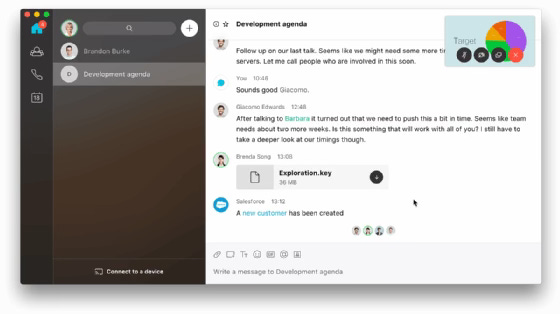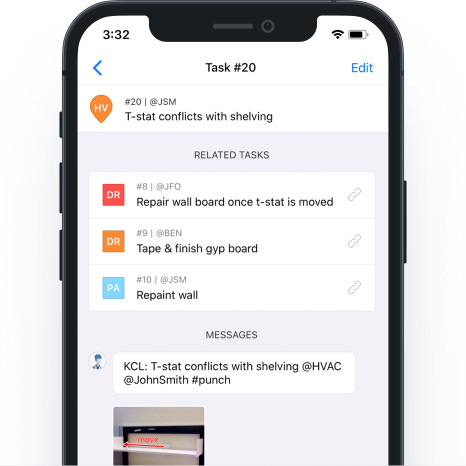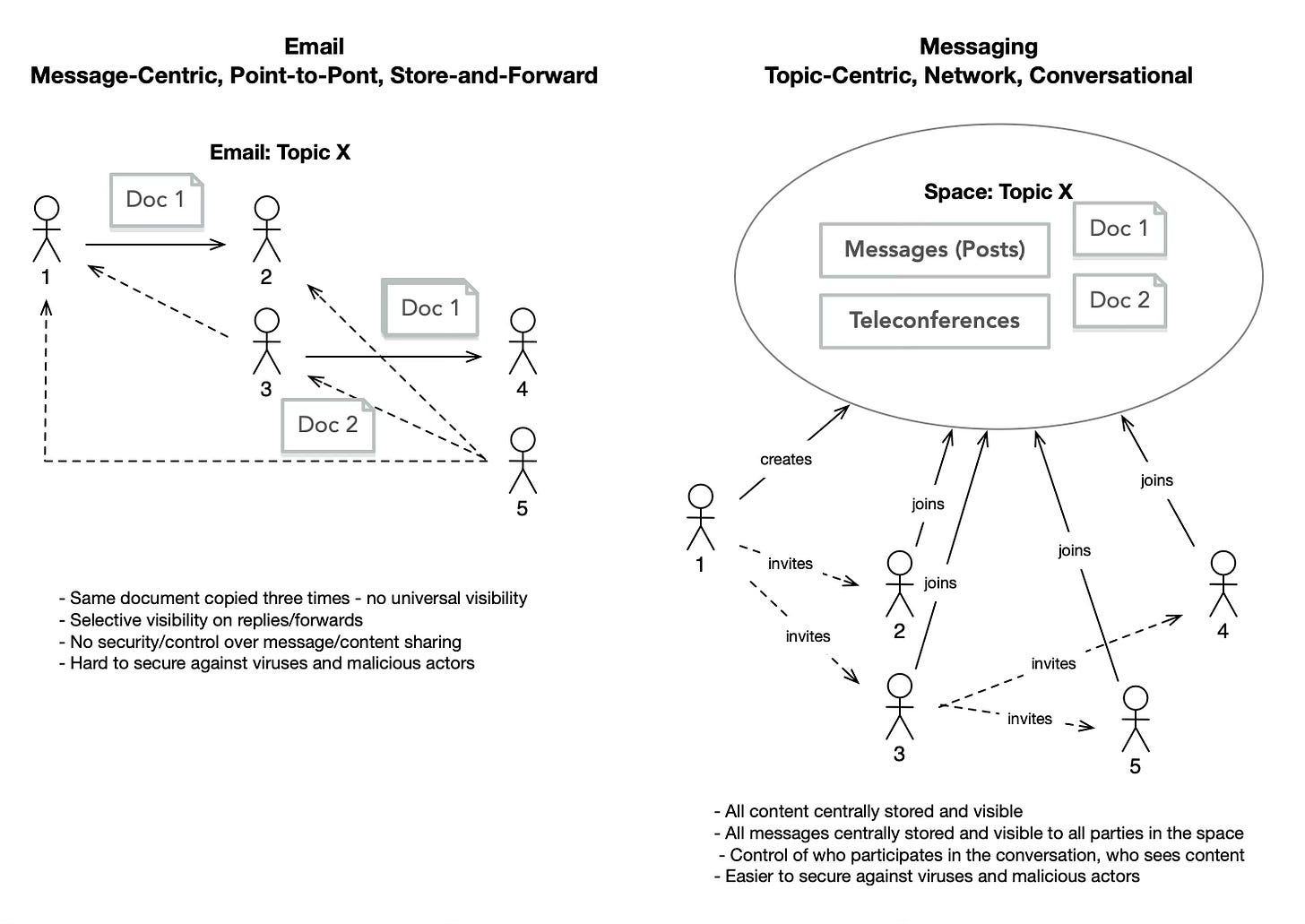Ol' man river
That ol' man river
he must know something
But he don't say nothing
Cause he just keeps rolling
He keeps rolling along
He don't plant tators
He don't plant cotton
Them that plants 'em is soon forgotten
But ol' man river
Just keeps rolling along
(song by Kern & Hammserstein, sung famously by Paul Robeson)
My parents’ generation was the last to devote regular time to the task of letter-writing. Letters are formal compositions, manually penned and thoughtfully composed. They were considered an important part of family life, to keep loved ones living in other parts of the world close, especially before the interstate highway and the commoditization of air travel.
Some Baby Boomers continue the tradition, but with far less regularity and devotion. People who still send letters seem to have that beautiful, cursive handwriting common in those educated before the 60s.
Around the Christmas and Hanukah holidays, it’s still common to get a penned letter from a relative or at work, from a grateful sales rep who does business with you. That’s because salesmen know we still value the personal interest it takes to write a kind message with your own hand and the extra time it takes to do it.
For the rest of us, email is an easy way to communicate digitally and feels natural because it approximates the ancient ritual of letter-writing.
Yet there is nothing modern or innovative about it. Email was designed with the postal service as a paradigm: a point-to-point communications systems with mailboxes and depots. Email was devised early in my technology career as a way to create “memoranda” (like charge plates, now featured in the eBay collectible category).
The first email programs ran on mainframe computers. I wrote my first email on IBM’s PROFS application, a cumbersome, green-screen menu experience. Also from the command prompt, Unix had a built-in mail capability ( the mail daemon) and Linux has one today.
As mainframe computing systems were augmented then replaced by servers and personal computers networks on local area networks (LANs), PROFS was replaced by mail programs like Lotus Mail and Microsoft Mail that had graphical user interfaces on Mac and Windows operating systems. Email could be used with little or no training and allowed you to attach documents. Still, you could only communicate within the business’s local or wide area network.
Once businesses connected their networks to the internet en masse in the mid-90s, the internet became an international system of mail handling and delivery, enabling instant business-to-business written communication. By the late ‘90s, Lotus, once a mighty software company, was added to IBM’s slag pile of aging assets and Microsoft completely re-oriented its software for network use, a long march which has culminated in Office 360 in “the cloud.” Putting mail in the cloud has lightened the burden of IT email security and administration, but policing phishing attacks and usage policy remains a challenge.
Yet the user experience for email has remained essentially intact, dressed up with lots of features to organize the glut of messages that make inboxes unmanageable, and tools that assimilate scheduling and calendar management. It makes sense: emails often lead to scheduled meetings, meetings often lead to teleconferences and in Microsoft’s view, all of that makes Office 360 the epicenter of life at work. For the most part, they have been right, even if they haven’t had the best tools for every single part of that workflow.
Cisco and Zoom could not sell their teleconference and messaging applications, for example, without strong Office 360 integration.
So here we are in 2023, 30 years after the globalization of email with stuffed inboxes, something like 80% of it junk mail, some it bearing phishing scams and virus-laden payloads.
Can we do better?
Ten years ago I believed fervently that messaging platforms like Slack, Webex Teams and Microsoft Teams would nudge old man email off his throne. I saw the “Spaces” or what I preferred to call “virtual rooms” as ways to organize people around tasks, cases and topics of interest. They combine messaging with teleconferencing and phone calling and document sharing. I thought that the concept would displace the Inbox.
That hasn’t happened. Those products are still primarily known and used for their teleconferencing capabilities. Some companies live and die on Slack messaging, but the mean of the user curve is still rooted in email, anchored outside of the business world for personal use. Even Google, with its attempts at Chat, Hangouts and Meet apps, hasn't really broken messaging into the consumer space in a way that makes it the go-to tool for personal communication.
I’m not pushing a technology here for technology’s sake. I’ve found in my own projects that messaging has compelling advantages in business, not just in the so-called “carpeted enterprise,” but on front line operations where team work and communication is often the difference between success and failure.
In construction, for example, Hilti has built messaging into Fieldwork, its construction project management app that allows the entire team of contractors and subs to view a “punch list” of tasks.
My last project at Cisco was prototyping a Webex-based messaging solution for health care providers that allowed physicians and nurses involved in Team Care to communicate in real time. The benefits were easy to imagine:
Every “virtual room” is associated to a case and a patient
People assigned to the care for a patient during a procedure are added to the room
Everyone can see what everyone else is saying - no need to forward
If someone posts a document or a picture, everyone sees it at the same time - no forwarding, no multiple copies to track
The entire conversation is a self-writing transcript, accessible in one place
The comings and goings of people in a virtual room can be managed externally ensuring that only people with a need to know or contribute are in the room at any given time
The difference between using email and messaging for business are easily visualized and as you will see if you read on, came full circle for me:
In truth, email is optimized for personal communications, while messaging is optimized for team communications. Email pushes messages at people, and people push them onto to other people until it’s unclear who has seen what, at which time meetings happen. Messaging pushes people into conversations for a specific purpose, and is programmable. This is where messaging platforms stand out. Using APIs, external systems can create a Space around a case or a project or a task and invite the right people at the right time. The resulting content is self-organizing.

That’s far more important in business than it is for personal communications, in which the simplest thing to do is still to click on Compose.
It’s tempting to see this as a generational issue. Messaging is far more popular and natural for people who were exposed to the medium in their teens or college years. Messaging approximates a social media experience, allowing you to easily communicate with a group around a topic.
However, for business or personal use, messaging has suffered from one major flaw: it doesn’t eliminate the problem of glut and curation. Instead of an inbox full of unorganized emails, messaging apps tend to suffer from a panel full of Rooms or Conversations. Who said what to whom in which virtual room becomes difficult to know.
AI is already trying to solve that problem, but AI can do much the same for email inbox as it can for Teams rooms including bridging the gap between messages, attachments and meetings.
In the end, we’re hard-wired as humans beings to reach for a phone or pen (or click the Compose button) when we want to talk to someone. That’s our natural behavior.
Virtual rooms will have their place in structured workflow-based operations.
Here is where the idea becomes reality. A year ago, I had back surgery. When I was being prepped, the nurse kept switching from her Epic application to another app she was obviously using to communicate. I asked her what she used for that. “Webex Teams,” she said. “The whole Care Team is on here. It’s fantastic. We all know what’s going on.”
Obviously, I was pleased and validated to hear it. Every specialist involved was informed before they walked into the prep room and knew what the situation without having to be briefed.
With AI doing the job of curation, and good UI design, eventually email and messaging platforms will merge into an experience that supports both directed messaging (“compose”) and curated group collaboration (“virtual room”) that presents a single picture of our communications at any time regardless of format. Cisco, Salesforce and Zoom won’t benefit as much as Microsoft, but the fusion of their products is happening.
Personally, I won’t be happy until the Inbox goes the way of the DoDo Bird.
-30-





